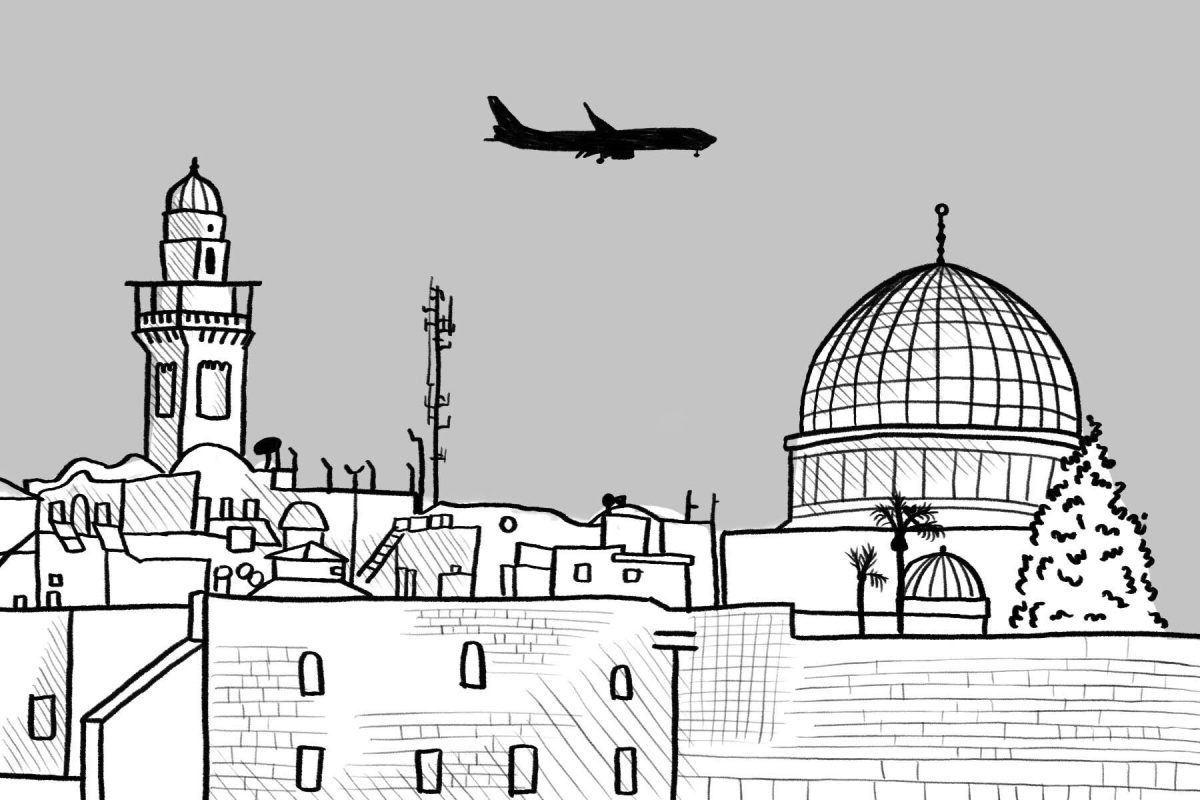Since the 1990s, Ramachandran has been studying mirror neurons, which fire when one person acts and when another person performs the same action, and phantom limbs, which cause patients to feel sensations within amputated limbs. Ninety percent of amputees have this syndrome, and many who have it experience chronic pain.
Ramachandran hypothesized that if mirror neurons fired when an individual saw someone else moving an arm, such a visual perception could create a sensory conflict within the brain that could actually help someone who has a phantom limb. He then discovered that an amputee patient missing his left arm could look at a mirror image of his right arm moving to relieve pain in his phantom limb.
“I tell my medical colleagues that it is the first example in the history of medicine of successful amputation of a phantom limb,” Ramachandran said.
Ramachandran used mirrors to confuse the brain’s sensory perceptions, experimenting with visual perception on phantom limb patients. He had a patient who constantly felt as if his phantom hand was tightly clenched, move his intact hand right next to a mirror, creating a mirror image of that hand. Seeing the mirror image made the mirror neurons in the patient fire, and the patient felt like his missing hand was making the same motions as his intact hand.
“One way the brain deals with conflict is to say, ‘To hell with it! There is no arm,’ and the arm disappears,” Ramachandran said in the Dec. 5, 2011 BBC News article “What phantom limbs and mirrors teach us about the brain.”
Ramachandran’s first osteoarthritis patient was a man who lost an arm while crossing the Mexican border to enter the U.S. The man had a constant itch in his missing left hand, and when Ramachandran used a cotton bud to touch his cheek, he claimed to feel it in his missing thumb. The neurons that once detected sensation in the missing hand were instead detecting sensation in the face. From this discovery, Ramachandran created the theory that brain modules are not separate from each other and can adapt to new situations and environments.
Along with mirror therapy, Ramachandran has proved his theory that mirror neurons help us understand not only our own body movements, but also those of others. He discovered that simply observing someone else massaging his or her own hand can provide relief to patients suffering from osteoarthritis. Ramachandran believes that these neurons are at the core of how human beings are able to empathize with one another.
Ramachandran is Director of the Center for Brain and Cognition at UCSD and has been a Professor Emeritus since 2009. His most recent research focuses on synesthesia and why certain people can have perceptual experiences such as hearing colors and tasting words.







